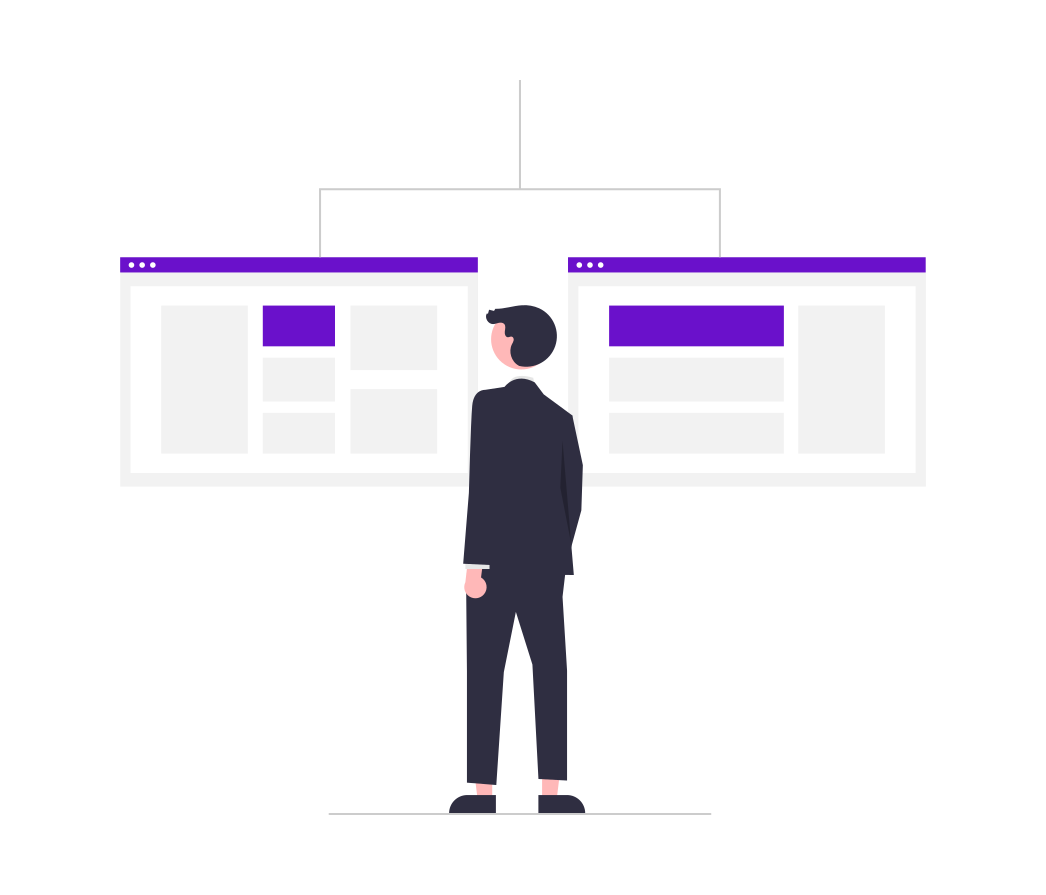In today's competitive business landscape, marketers and sales teams are continually seeking ways to refine their targeting strategies to enhance effectiveness and drive better results. Two prevalent segmentation strategies are technographic and firmographic segmentation. Each offers unique insights that can significantly impact marketing campaigns and sales approaches. This blog will explore the key differences between technographic and firmographic segmentation, their applications, and how combining them can lead to a more comprehensive understanding of target markets.
Understanding Technographic Segmentation
Technographic segmentation involves categorizing companies based on their technology stack, software usage, and technological capabilities. This type of segmentation provides insights into a company's digital maturity and their potential readiness for new tech solutions.
Key Elements:
- Software and Tools: Identification of the specific software, tools, and platforms a company uses.
- Technology Adoption: Understanding how advanced or nascent their technology adoption is.
- IT Infrastructure: Insights into their hardware, network capabilities, and overall IT infrastructure.
Applications:
- Targeted Marketing: Marketers can tailor their messages to resonate with companies using specific technologies.
- Sales Prospecting: Sales teams can identify potential leads that may benefit from their technology solutions.
- Product Development: Businesses can develop products that cater to the specific needs of companies with certain technological setups.
Understanding Firmographic Segmentation
Firmographic segmentation involves classifying companies based on attributes such as industry, company size, revenue, and location. This segmentation helps in understanding the broader market landscape and identifying key characteristics that define potential customers.
Key Elements:
- Industry: The sector or niche in which the company operates.
- Company Size: Measured by the number of employees or overall revenue.
- Location: Geographic location of the company’s headquarters or operational sites.
- Ownership Structure: Public vs. private companies, subsidiaries, etc.
Applications:
- Market Analysis: Helps in identifying and analyzing market trends within specific industries.
- Personalized Outreach: Enables more personalized communication strategies based on company size and location.
- Strategic Planning: Assists in strategic decision-making and resource allocation by understanding market segments.
Key Differences
-
Focus:
- Technographic: Focuses on the technology and tools a company uses.
- Firmographic: Focuses on broader business characteristics such as industry, size, and location.
-
Data Sources:
- Technographic: Data is sourced from technology usage reports, IT surveys, and software adoption analysis.
- Firmographic: Data is sourced from business directories, financial reports, and market research.
-
Usage:
- Technographic: Primarily used by tech companies, software vendors, and IT service providers.
- Firmographic: Used across various industries for general market segmentation and analysis.
Combining Technographic and Firmographic Segmentation
While each segmentation method provides valuable insights independently, combining technographic and firmographic data can lead to a more nuanced and effective marketing strategy. Here’s how:
-
Enhanced Targeting:
- Combining both types of data allows for a multi-dimensional understanding of potential customers, leading to highly targeted marketing campaigns.
-
Improved Lead Scoring:
- Leads can be scored more accurately by considering both their firmographic characteristics and their technological readiness.
-
Personalized Messaging:
- Marketers can create highly personalized messages that address both the business needs (firmographic) and technology preferences (technographic) of their target audience.
-
Strategic Account-Based Marketing (ABM):
- In ABM, where precision targeting of high-value accounts is critical, integrating both types of segmentation ensures that every aspect of the target account is well understood.
Conclusion
Understanding the distinctions and applications of technographic and firmographic segmentation is essential for modern marketers and sales teams. By leveraging these strategies effectively, businesses can enhance their targeting precision, improve lead quality, and ultimately drive better outcomes. Combining both segmentation methods provides a comprehensive view of the market, enabling more strategic and impactful marketing efforts.


